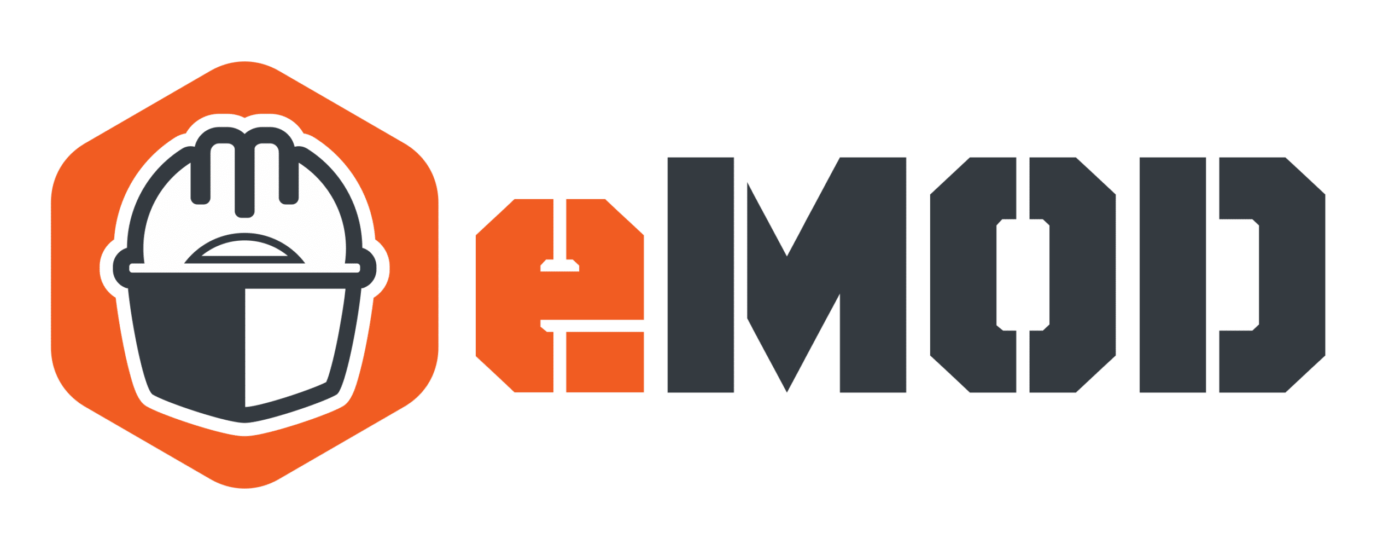
I caught up with Gallagher’s Jose Pienknagura to talk about the intersection of construction safety and insurance — and how it’s changed in his 40 years
By Kaitlin Frank
Jose Pienknagura has been working in construction insurance for four decades. The director of construction for Gallagher Insurance has pretty much seen it all — from massively successful commercial developments to horrific crane accidents. While the importance of documentation has been a constant in construction insurance, he’s seen one of the most paper-reliant industries slowly shift to digital.
“One of the things I regularly tell my safety guys is that I don’t want to see them in the office,” he said. “I want to see them walking around the job site with a little tablet. With an iPad, you can take photos and videos, you can document, you can even record yourself talking.”
We recently had a chance to talk with Jose about some of the trends he’s seen in construction insurance, how safety practices have evolved, and how digital tools like eMOD are helping companies improve transparency and safety practices across the industry.
What do you like about your job and what you’re doing today?
I like the variety. Not only do we help our clients get insured but we help them with their businesses. We can help them with their projects. We can help out with their problems. We’re boots on the ground now. We’re not just a broker, but we’re the broker that actually understands how construction works, how construction companies work, how claims need to be really managed.
From the lens of an insurance company, what are the most important factors that drive risk
Well, you start with the contract. What did the owner agree to do with the general contractor and all of the trades? The contract is the menu that dictates risk. How you manage the menu is the next question.
What’s one thing people misunderstand about construction insurance and how it works?
How important communication is. We need to understand everything that our clients do, who they are, and how they work. Also, getting clients to understand that we’re there as an additional set of eyes. Our construction clients are very good builders. When it comes to contracts, when it comes to insurance, when it comes to making sure everything ties together, they really don’t do a good job. If you don’t have communication, you don’t really understand what’s going on with our client. And you’re not going to be able to service them.
What does a successful risk management program look like?
Well, we work with different companies to understand their risk profile. In other words, we’re trying to match the insurance product to the risk and the liability. In order to do that, we create a program that we’re able to adapt to the insurance products that are available at a reasonable and competitive price. You can always buy the Rolls Royce of policies and cover everything under the sun. But we need to understand the business is trying to sell its services to its customers and its lenders. Therefore, price is a major consideration. So, how can you create a program that’s price-appropriate but also protects against all the different things that could happen on a construction site? We work together in creating a risk management matrix or risk management understanding to satisfy both sides.
Ultimately, what drives insurance costs up and down?
Safety performance and lack of claims. And this is going to sound weird, but the reputation of the company is crucial. We live in a world where your reputation has a lot to do with what the underwriter of a policy is going to do. If you have a reputation of being a company that’s safe, that understands its contracts, that controls its risk, that preplans every detail — that’s what makes a difference in the rates. If I’m an underwriter and I look at an experienced company and then I look at a new company that was created yesterday, who do you think is going to get a better rate? The company that has been around and that I know hasn’t had many claims.
And culture. Culture starts at the highest level. If the CEO believes in safety, appreciates safety, and is concerned about safety, you’re going to see a company that’s doesn’t have a lot of claims.
But will a good ‘safety culture’ actually result in an insurance discount?
It can. Underwriters go out there and meet with the heads of the company, the people making the decisions. And it’s still very much a relationship business. And you can only really grasp the strength of a company’s safety culture by meeting people and sitting across from them, talking to them, and getting to know them.
How would you say that construction safety has evolved over the years?
I think people have begun to realize that safety means jobs — it means money. And when you’re safe, people are going to hire you more often. When you are safe, and you have a strong safety culture, people are going to regard you more highly than other people.
And if you have an unsafe project where people are hurting themselves, where things are not being done properly, when there are accidents constantly, that’s going to be costly. We’re now in a world where we understand safety means profit. Safety means you’re doing the right thing.
Speaking of safety, how can eMOD and digital tools like it help with insurance?
It definitely helps with transparency and understanding the quality of safety processes and procedures — and accountability that those tasks are being performed appropriately. It gives the employer, the managers, and the leaders transparency and understanding — and also holds the employees and the managers in the field accountable.
How important is transparency in your world?
Very important. Understanding what’s going on in real-time is absolutely important. And if a tool like eMOD helps you get there, that’s very important to me.
Accountability, transparency, honesty, and integrity — those are the things that the industry regards highly. If you are honest and transparent and you tell people about the safety challenges, they are more likely to think highly of you and that company. Your name and your face and your reputation mean a lot. If people use eMOD because it works, because it provides transparency, it’s going to sell itself.
Some see documentation as a waste of time. How do you explain to people the importance of documentation?
People who don’t document in this day and age are fools — and they won’t be in business very long. One of the things I regularly tell my safety guys is that I don’t want to see them in the office. I want to see them walking around the job site with a little tablet. With an iPad, you can take photos and videos, you can document, you can even record yourself talking.
What happens when there is an accident and there is no documentation?
If I’m involved, the first thing that happens is I blow up and get extremely angry. If I’m on the contractor side, and it’s a trade partner, I’ll never use those guys again. If I’m the insurance company, I go, “Oh crap,” because what could have cost $5 is likely going to cost me $5,000. The lack of documentation can kill you.
Apps like eMOD make documenting much easier. If you can give people something that’s easy to work with — and has the right checklists but also limits personal comment — that’s even safer because you’re getting the documentation you need but you’re not getting the commentary you don’t want.
Anything else we should have asked?
One thing that needs attention is how safety, contracts, and culture — they all work together. And products like eMOD can help us get that safety culture to the next level. When you join all those together, you’re going to have a better product — and improved safety.

